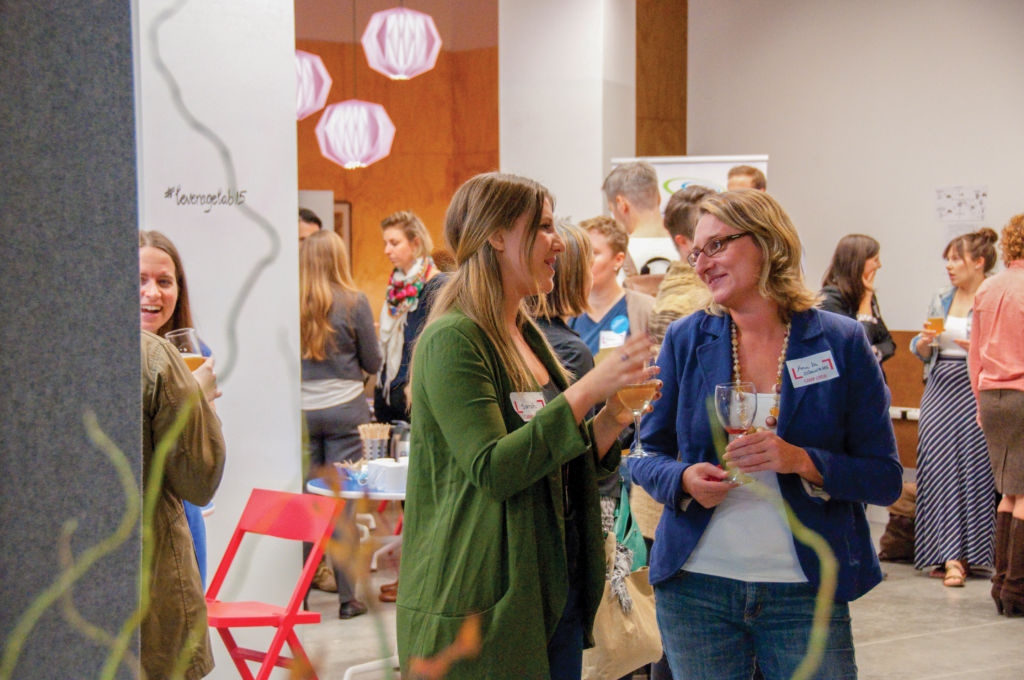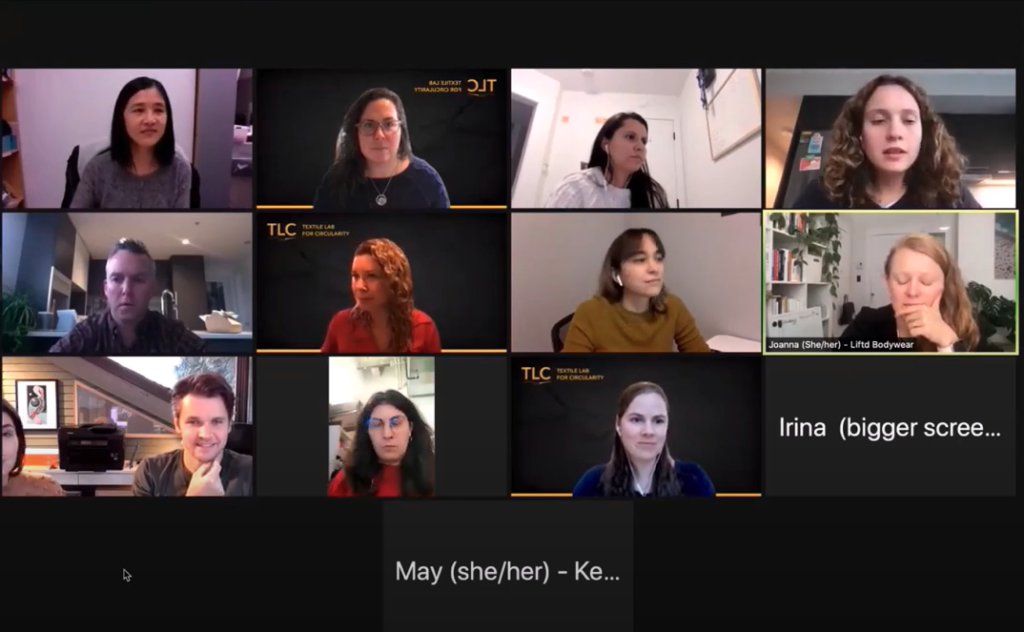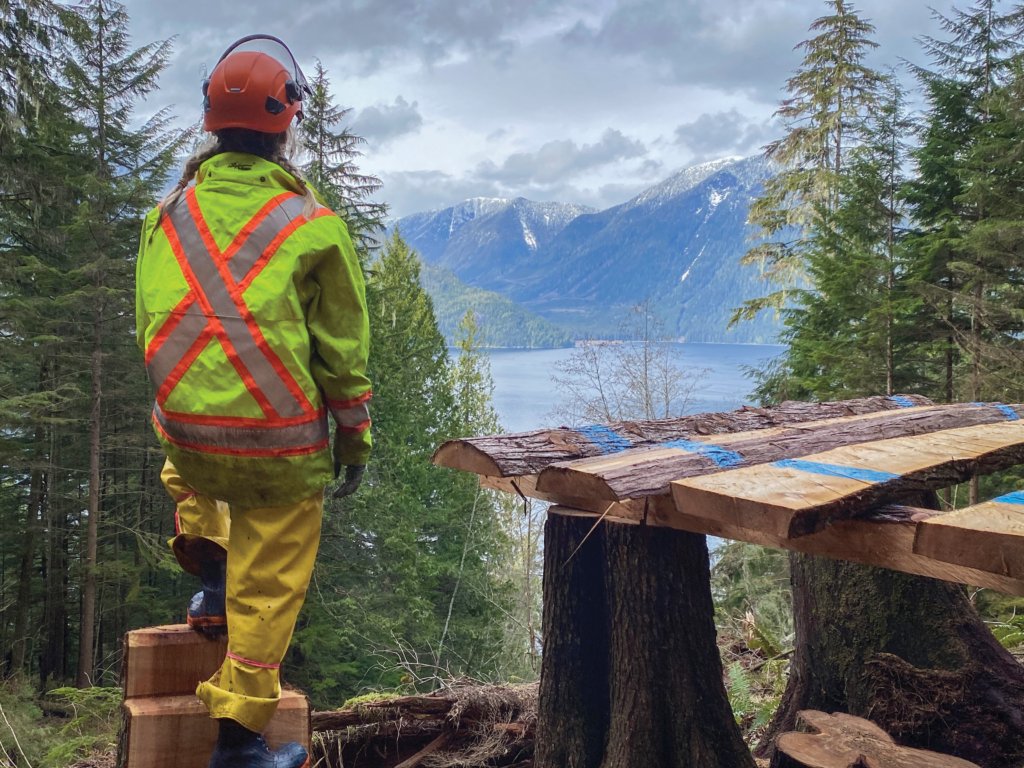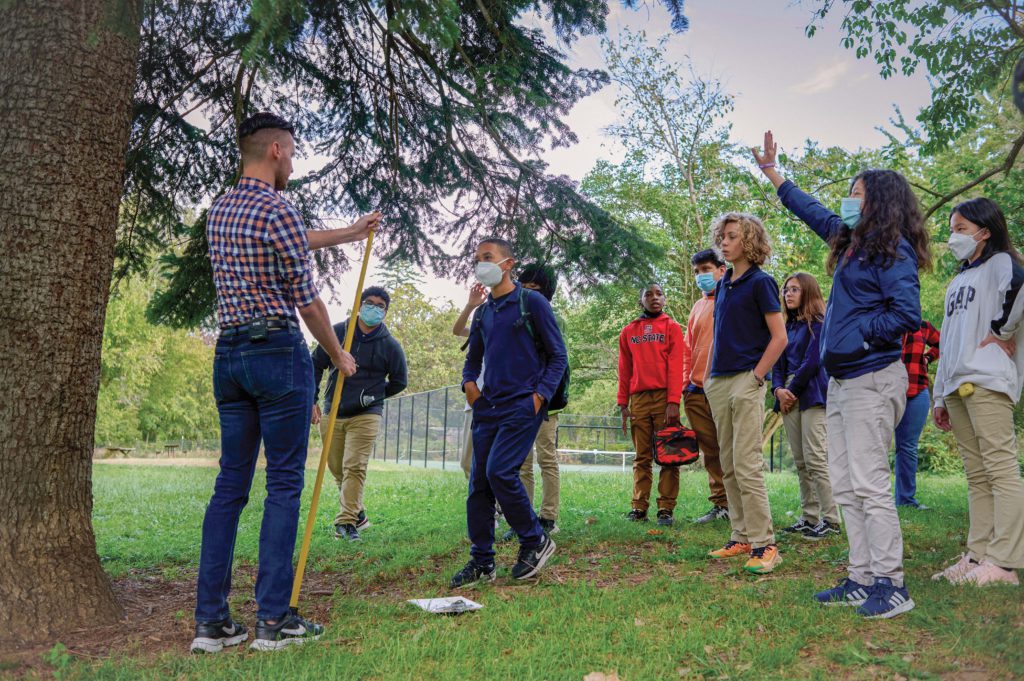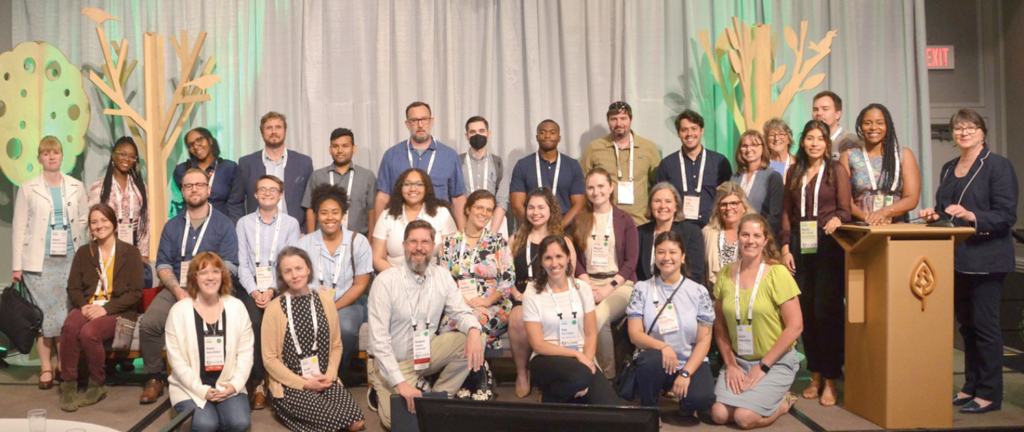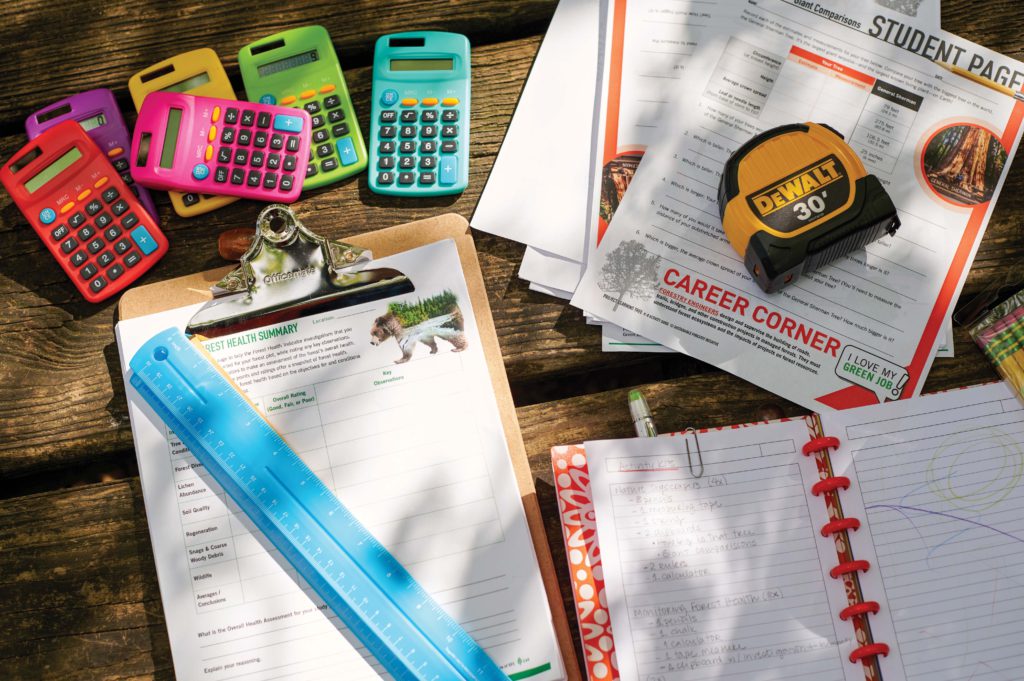Diversity, equity, and inclusion impact businesses in a tremendous way, enabling them to access a wider talent pool and opening the door to unique perspectives that enhance the capacity for agility and innovation. Unfortunately, the full picture of diversity, equity, and inclusion (DEI) in the workplace is often overlooked or lacks support. To rectify this, the Canadian Centre for Diversity and Inclusion (CCDI) is helping organizations across Canada understand the value of developing and implementing DEI practices and plans.
We spoke with Anne-Marie Pham, CEO of the Canadian Centre for Diversity and Inclusion, about how this national charitable organization is supporting workplaces through every step of their DEI journey.
Tell us about the Canadian Centre for Diversity and Inclusion’s mission.
Founded in 2013, the Canadian Centre for Diversity and Inclusion is a national charitable organization that helps businesses and organizations understand the value of diversity, equity, and inclusion (DEI). We aim to build a more inclusive Canada for all, and we do this by offering learning, research, and knowledge solutions to our Employer Partners and DEI practitioners. We elevate the DEI profession through our certification program, and we partner with like-minded organizations to educate the workplace, as well as youth in schools and communities.
We are a workplace that aims to model the behaviours we want to see developed in our partners and clients. We are focused on our mission with a passion that continues to make a difference in the lives of working Canadians, and we endeavour to make an impact where it matters.
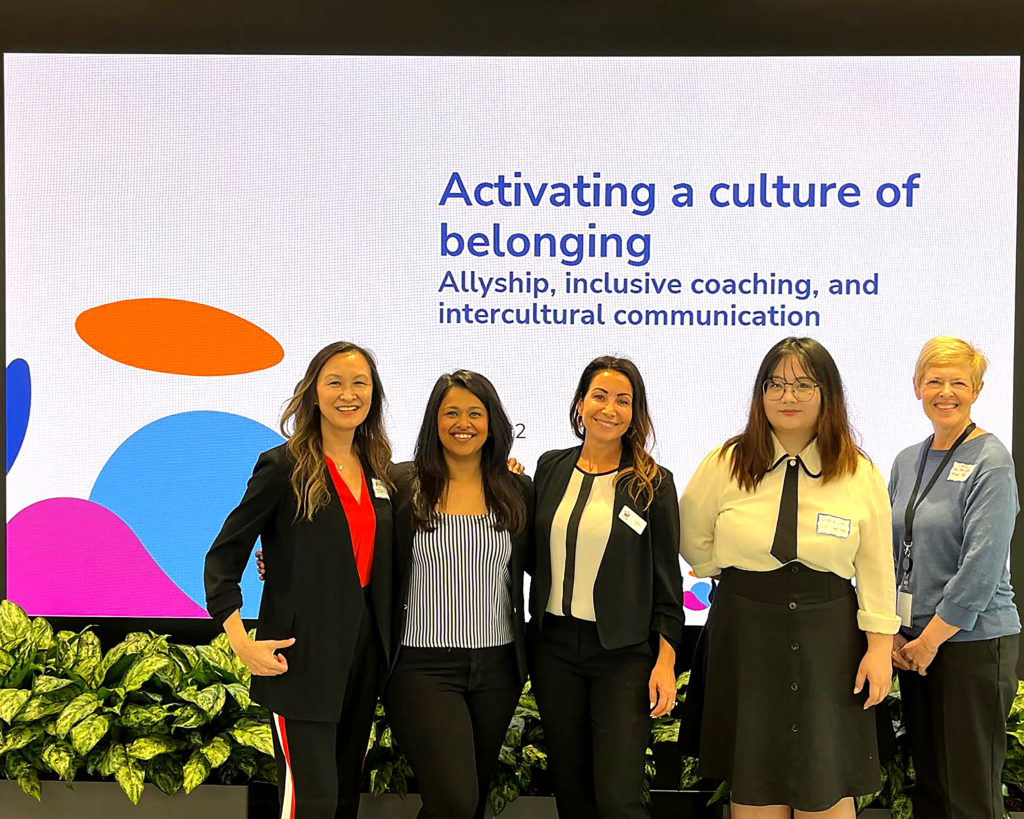
What inspired your founder to start the Canadian Centre for Diversity and Inclusion?
Twenty twenty-three is our 10-year anniversary. CCDI was founded by Michael Bach at a time when there was no national umbrella organization that existed to support workplaces to be more equitable and inclusive on a wide spectrum of diversity dimensions. Organizations existed to support specific aspects such as gender, sexual orientation, religion, age, etc., but there was no organization that was intentionally pan-diversity. CCDI met that gap and slowly developed employer partnerships across Canada.
We listened to the needs of workplaces and developed a solid and ever-evolving suite of learning offerings, case studies, reports, toolkits, podcasts, blogs, advice, and support to employers so we can walk alongside them on their DEI journey and to be, we hope, their trusted advisor.
What were some of the challenges CCDI’s founders encountered?
Any new organization needs time to build its profile and visibility and, certainly, that was the case for us as well. Building this organization from scratch meant we needed to create a lot of new connections and host many consultations with employers so we could develop the types of resources and services that were most relevant to them.
It took time to build that critical mass of Employer Partners to get us to a strong enough foundation upon which we could build our organization. That is why we are so thankful to our Founding Employer Partners who believed in the vision and took the risk to join us from the very beginning of our journey.
What do you consider CCDI’s biggest success?
If I were to reflect on the journey, our biggest success has been our ability to pivot and stay relevant and resilient in times of hardship and transition. We almost doubled our Employer Partner base in 2021–2022, and today we have over 730 Employer Partners across Canada, from tiny organizations to large multinational corporations, in all industries and sectors.
Workplaces continue to reach out to us to get connected, find resources and materials, and seek practical advice to help them advance on their DEI journey. This is encouraging to us! It makes us feel that our hard work and efforts to challenge ourselves and pivot where needed are making an impact.
What makes CCDI unique?
Our uniqueness lies in our ability to address a wide spectrum of topics on diversity, equity, inclusion, and accessibility. We have a diverse team of professionals with lived experiences who can provide advice in many areas, such as race, religion, disability, gender identity, and sexual orientation. Where we don’t have internal expertise, we partner with great organizations and associates who bring their unique expertise and perspectives to best support our clients.
What also makes us unique and brings tremendous value is our focus on convening employers and amplifying the voices of DEI champions and practitioners who are doing the hard work within their organizations. We find that their stories and experiences bring grounded, real, and practical applications to our Employer Partners and our listeners.
How do you feel CCDI makes the world better?
In addition to making workplaces across Canada more ready and courageous to start or strengthen their DEI journey, we also have two other programs that help to make the world better in our view. The first is the Canadian Certified Inclusion Professional (CCIP) designation, Canada’s only certification program designed to assess an individual’s existing knowledge or skills against a set of pre-defined competencies. This helps to elevate the profile of DEI practitioners and helps employers hire qualified and experienced individuals in DEI-related functions.
The second is the See Different program, which focuses on empowering students to make meaningful change in their communities. We offer learning certificate programs where students explore concepts of identity, diversity, and inclusion, as well as power and privilege; learn about Canada’s history of systemic racism and discrimination; and engage in conversations to support their ability to enact change in their own communities and schools. We are excited to be able to support the next generation of workplace and community leaders!
How would the world be better off if it were more diverse, equitable, and inclusive?
I often imagine a world where there is no hate, no bullying, no covering of one’s authentic self, and there’s no need to feel anxious because you can be “outed” — where everyone has the same opportunity to succeed because systemic barriers have been identified and removed.
This is a world where we have solutions for everyone to thrive, not in spite of their differences but because of their differences and all the wonderful things they bring to our team, our clients, and our organization. This is a world where we feel hope; we know we are not perfect, but we are progressing in the right direction!
Tell us about CCDI’s goals.
We have ambitious goals for the next few years, which were developed in consultation with our clients, our team, and our board. We are hoping to build our profile to new markets in Canada in order to tell our story — not only the story of our people, but also the story of our employers, schools, and communities where we have partners. We also plan to do more research to advance knowledge on the most pressing DEI trends and concerns that are being felt in the workplace or that we anticipate will become emerging areas we will need to address.
We will also strengthen our team, which has been working very hard, by ensuring they are well-supported and are growing with us. And, like many organizations, we will be spending some resources to invest in our infrastructure and technology. There is much to be done, but we are ready for this challenge!
Are there any upcoming initiatives or projects you’d like to share?
This year, we have launched a partnership with the UN Global Compact Network Canada (GCNC) to support the Government of Canada’s 50 – 30 Challenge, which asks organizations to aspire to two goals: gender parity (50% women and/or non-binary people) on Canadian boards and/or in senior management; and significant representation (at least 30%) on Canadian boards and/or senior management of members of other equity-deserving groups. We are working with UN GCNC, as their learning partner, delivering content on a variety of topics to accomplish these goals.
I am also excited to share that, in February 2023, CCDI was a founding member of the new Global Inclusion & Diversity Alliance (GIDA). GIDA partners are not-for-profit organizations working across the spectrum of diversity dimensions and are specifically focused on workplace inclusion. We come together to partner and collaborate, to learn from each other how to do DEI better, and to share thought leadership across our jurisdictions. We do this for the benefit of our respective membership networks and to make workplaces all over the world more equitable.
What do you most want people to know about CCDI?
Our bilingual website www.ccdi.ca is filled with information, resources, reports, and details about upcoming webinars and events. Take a moment to browse through and learn more. You can also follow us on our social media platforms via @ccdisocial.
How can people help or contribute to CCDI’s mission?
Please reach out to us if you are looking for support on your organizational DEI journey, if you’re looking for a speaker, if you’d like to learn more about the CCIP professional designation, if you’d like youth in your community to get connected to a DEI learning network, or if you have a story to tell that we should amplify. You can reach out to us via our website.
Additionally, as a national charity, we always appreciate any donations to help us fulfill our charitable mandate. Donations can be made on our website.
This story was featured in the Make The World Better Magazine:


